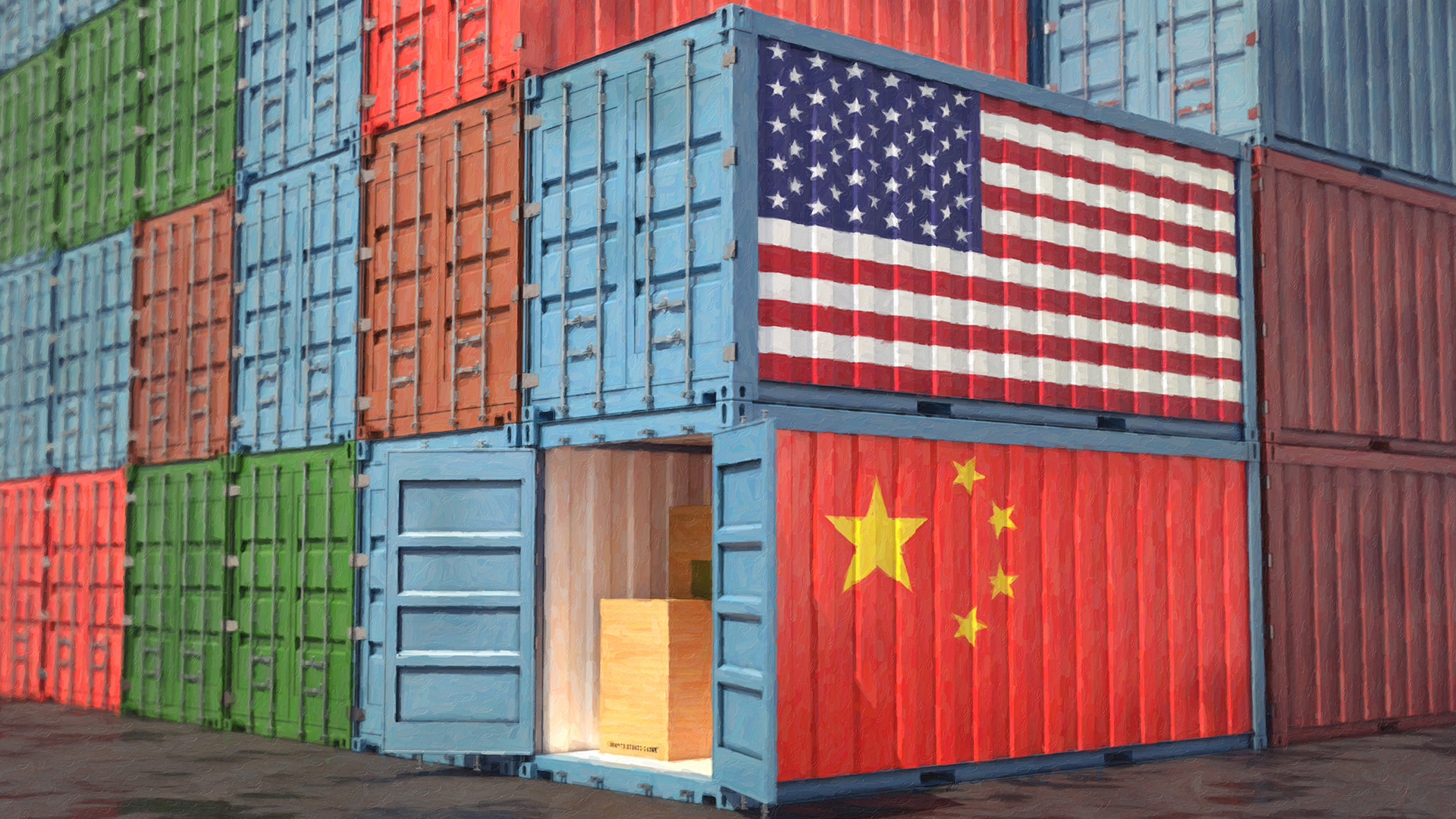2021 has seen an unprecedented disruption in the global supply chain. All around the globe, people are experiencing empty shelves and prolonged waiting times for a wide range of items. Transportation costs have increased manifold. Countries are seeing above-average levels of inflation. Experts point out that the seeds of the problem were present before the COVID-19 pandemic. However, the profound changes that this pandemic brought have acted as a catalyst to create a severe supply chain crisis. This trend will continue in 2022.
In Swiss Mail Solutions, we constantly monitor the current situation to help our customers be more resilient and better adapt to changing conditions. In this article, we guide you through the causes of the ongoing supply chain crisis. We also give you some tips to better navigate this situation.
Changes in consumption patterns due to COVID-19
Probably the best place to start is by understanding how COVID-19 abruptly changed people’s consumption patterns. At the beginning of the pandemic in 2020, people significantly reduced their consumption of non-essential goods. Industries reduced their production due to lockdowns.
After some months, people completely changed their consumption patterns. The demand for certain items skyrocketed. Computers, webcams, and monitors became crucial for the segment of the population that worked from home. Kitchen appliances became more popular for people who could not eat out and sought to replace those experiences by experimenting in their kitchens. People also increased their consumption of entertainment and sports equipment to substitute for their usual social activities. Construction materials became scarce since more people started investing in rebuilding their homes or building new ones.
As lockdowns have lifted, consumer demand has sharply increased in even more areas. Producers and the severely damaged supply chains have not been able to bounce back quickly enough to meet this demand. Commodity and transportation prices have gone through the roof. For example, sending a 40-foot container from Asia to Europe cost around $ 1,500 a year ago. The price has risen to $17,000. That is more than a tenfold increase on a year-to-year basis. Due to uncertainty in delivery times, people and companies are hoarding products. This behaviour is making the situation even worse.
Main bottlenecks in the Supply Chain
The crisis in the supply chain is not the result of the breakdown of one specific point. It can be better understood as the result of several bottlenecks throughout the process.
Port congestion
Images of dozens of ships waiting for weeks to unload their cargo widely circulated in the media. Two main ports in the US, Los Angeles and Long Beach are the two most well-known examples. But the same picture repeats in several of the main ports of Asia and Europe. According to Bloomberg, 77% of the world’s ports have unusually long turnaround times. Ports have been unable to meet the surge in demand.
Shortage of labour
There is a very acute shortage of labour in several fields of the economy. The transportation sector suffers from a severe scarcity of truck drivers. Containers full of goods must wait for weeks to get transported inland. The situation is so bad that US President Joe Biden even considered using elements of the National Guard as truck drivers to help relieve the impasse. The lack of movement of people across borders due to restrictions and even external factors like Brexit make the shortage of labour much worse.
Energy shortages
There have been significant shortages in energy sources in the past two years. Most prominently, the soaring prices of coal heavily affected the productive capacities of countries like China. Since production systems are now heavily intertwined, even the lack of a small component can halt the production of a product. A notable example has been the now-famous shortage of microchips. For example, Ford had to significantly reduce its output in the first quarter of 2021, but to their own surprise, they made a profit in the second quarter.
How to navigate the supply chain crisis
These are challenging times. Even giants like Amazon or Apple which usually have enough power to bend the supply chain in their favor are having difficulties. Apple reported having lost $6 billion USD in sales because of its inability to meet the present demand. Amazon expected to lose the entire fourth-quarter profit due to the rising costs of fulfillment and labour, but instead, they reported a profit at the beginning of this year.
These past two years have shown that companies thrive when they are flexible enough to adapt to changing conditions. Before, the whole focus was on optimizing the production process. This strategy led to companies being dependent on the smooth functioning of the supply chain and reliant on specific suppliers.
Now is a perfect opportunity to reassess the complete supply chain of your company. The first step should be to identify the most vulnerable points. Classify your suppliers according to their level of risk. The Harvard Business Review recommends using metrics “such as the impact on revenues if a certain source is lost, the time it would take a particular supplier’s factory to recover from a disruption, and the availability of alternate sources”. This analysis will help your company decide when it is sensible to diversify suppliers.
Another crucial step is partnering with experts that can help you minimize fulfillment costs. In Swiss Mail Solutions, we help our customers optimize their mix of shipping channels to fit their budgets and requirements. We are happy to help your company find the optimal warehousing and fulfillment strategy.









